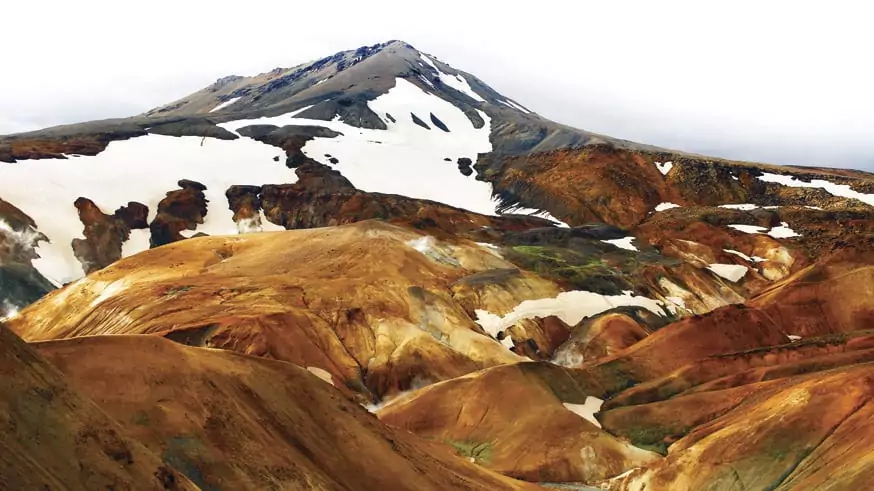The ancient Martian Gale crater became the center of research by scientists who compared the data of the Curiosity rover with places on Earth where similar geological formations eroded in different climatic conditions. The basalt relief of Iceland and the cool weather with temperatures, as a rule, below 3 °C turned out to be the closest analogue of ancient Mars. The study showed that it was the temperature that had the greatest impact on how the ancient Martian rocks eroded.
Gale Crater once had a lake. However, scientists have long argued about what climate allowed water to fill it. Some argue that early Mars was warm and humid and that rivers and lakes were usually present on its surface. Others believe that it was cold and dry on the Red Planet, and glaciers and snow were more commonplace. The correct scenario is the third one. The ancient climate was probably cold, but also seems to have maintained liquid water in lakes for long periods of time. It also turned out that the ancient rocks of Mars are comparable to deposits in modern rivers and lakes of Iceland. The results also showed that the climate on the planet has changed over time from Antarctic conditions to a more Icelandic variant.
